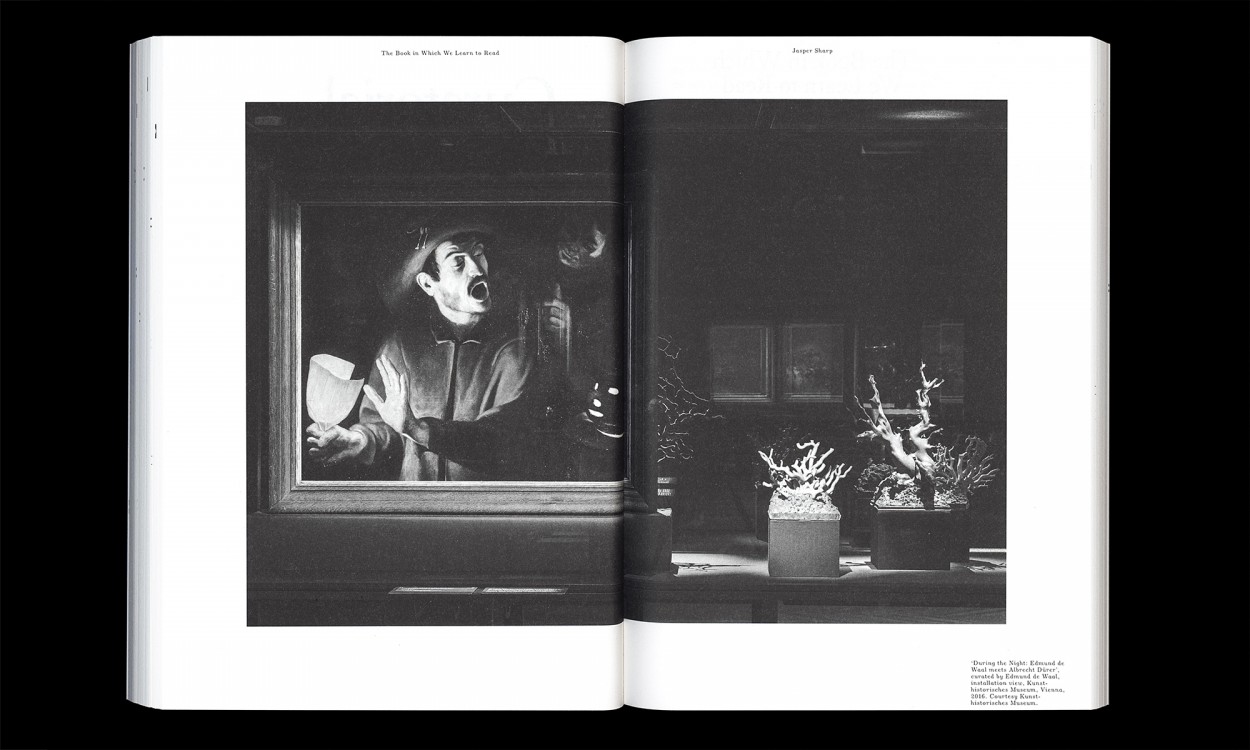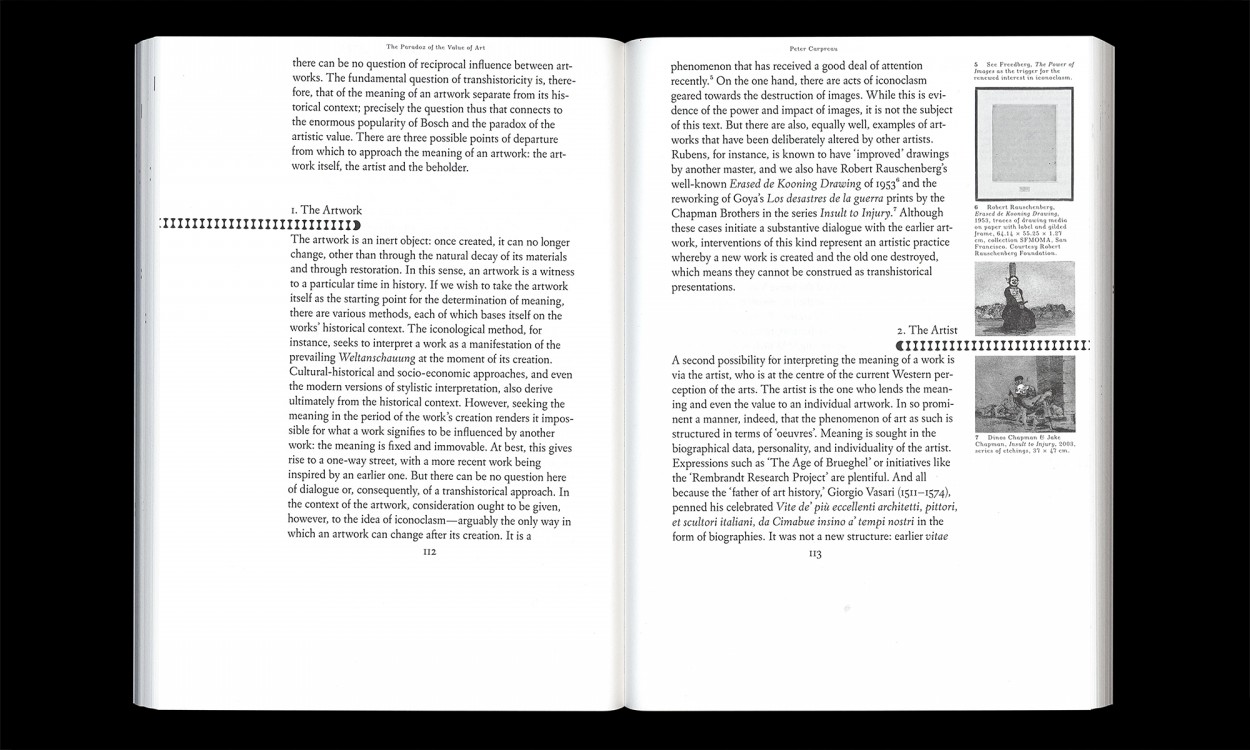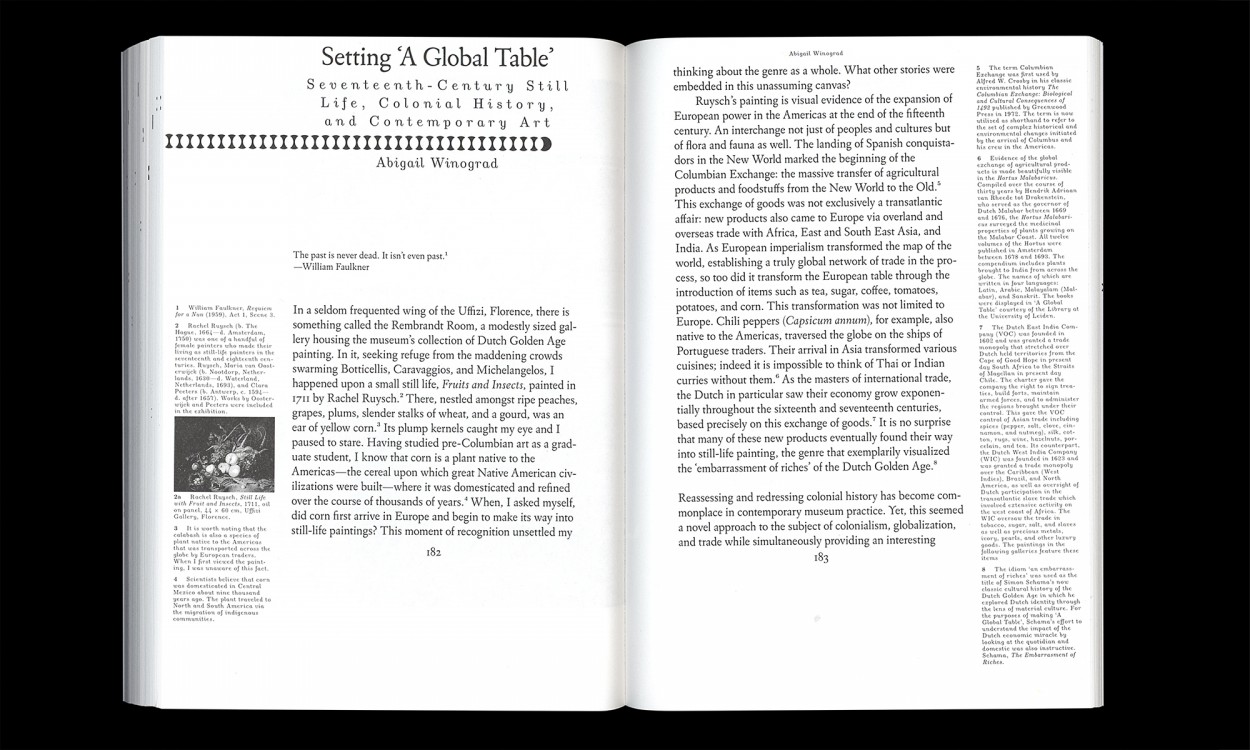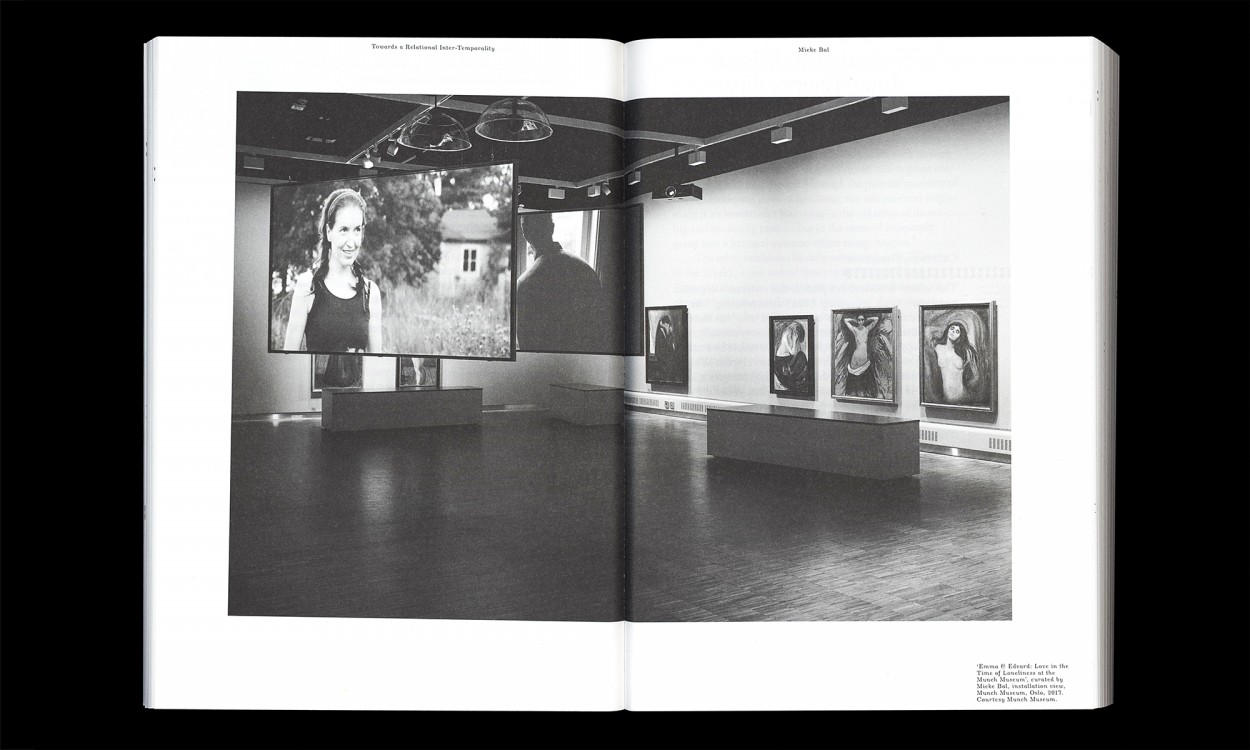The Transhistorical Museum
Mapping the Field

- Print on Demand version available
- The first anthology dedicated to the notion of the transhistorical, i.e. non-linear ways of thinking about and exhibiting artworks from different periods and contexts
- Offers art historical, theoretical and curatorial perspectives on the topic
Editors: Eva Wittocx, Ann Demeester, Peter Carpreau, Melanie Bühler, Xander Karskens
Contributors: Mieke Bal, Melanie Bühler, Peter Carpreau, Bice Curiger, Penelope Curtis, Ann Demeester, Olga Fernández López, Hendrik Folkerts, Hanneke Grootenboer, María Íñigo Clavo, Xander Karskens, Christa-Maria Lerm Hayes, Jean-Hubert Martin, Alexander Nagel, Ruth Noack, Nicola Setari, Jasper Sharp, Abigail Winograd, Eva Wittocx
Design: Sam de Groot
Series: vis-à-vis
2018, Valiz with Frans Hals Museum, Haarlem and M-Museum, Leuven | paperback | 224 pp. | 23.5 cm x 16.5 cm (portrait size) | English | ISBN 978-94-92095-52-7
>Since the turn of this century, we have witnessed a significant expanse in the field of transhistorical exhibition practices. A range of curatorial efforts have emerged in which objects and artefacts from various periods and art-historical and cultural contexts are combined in display, in an effort to question and expand traditional museological notions such as chronology, context, and category. Such experiments in transcending art-historical boundaries can potentially result in both fresh insights into the workings of entrenched historical presumptions and provide a space to reassess interpretations of individual objects in relation to their contexts and narratives.
Despite this surge of interest in art-historical writing and curatorial practices, and overview and theoretical mapping of transhistoricity has so far been missing. This anthology aims to fill this gap: it charts the territory for the transhistorical by bringing together contributions by leading scholars, curators, and museum professionals of the field. It looks at the concepts that undergird the transhistorical, describes the theoretical horizon it relates to, and illuminates the practical applications it has fostered. As such, it provides the grounds for further research and practical applications.
The book is divided into three parts: 1. Terminology & Theoretical Horizon; 2. Art & Time; 3. Curatorial Strategies.










